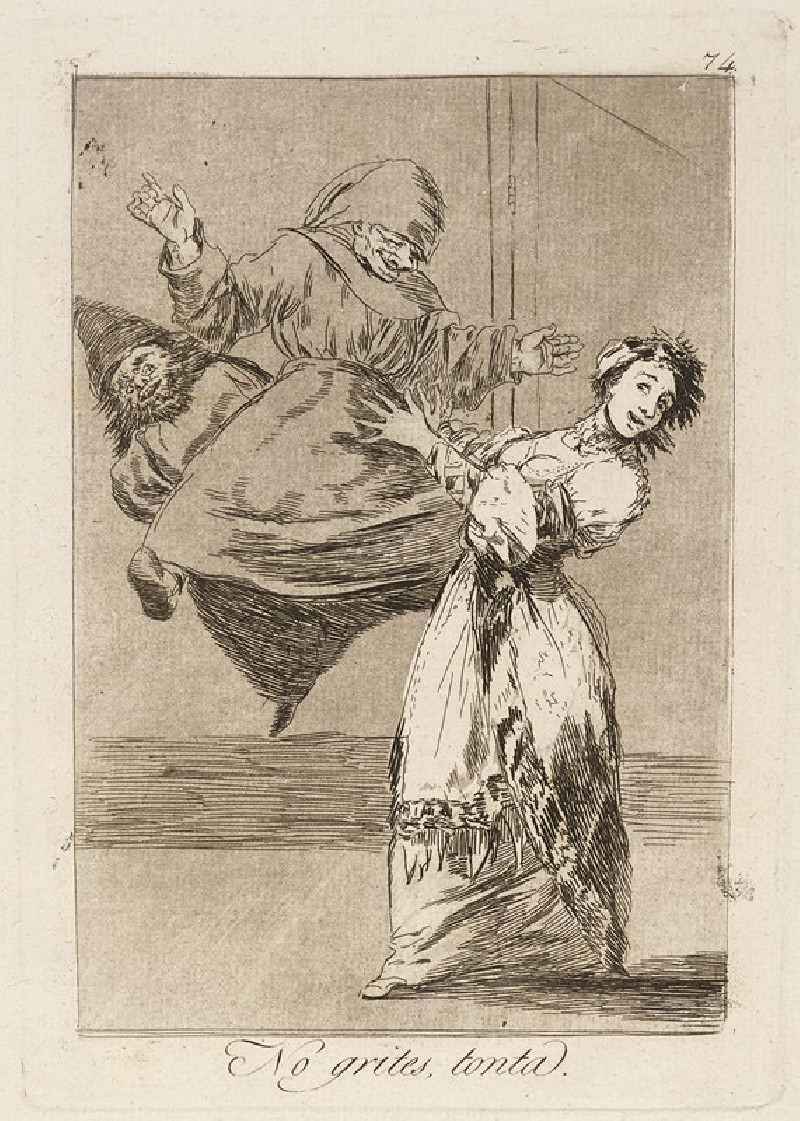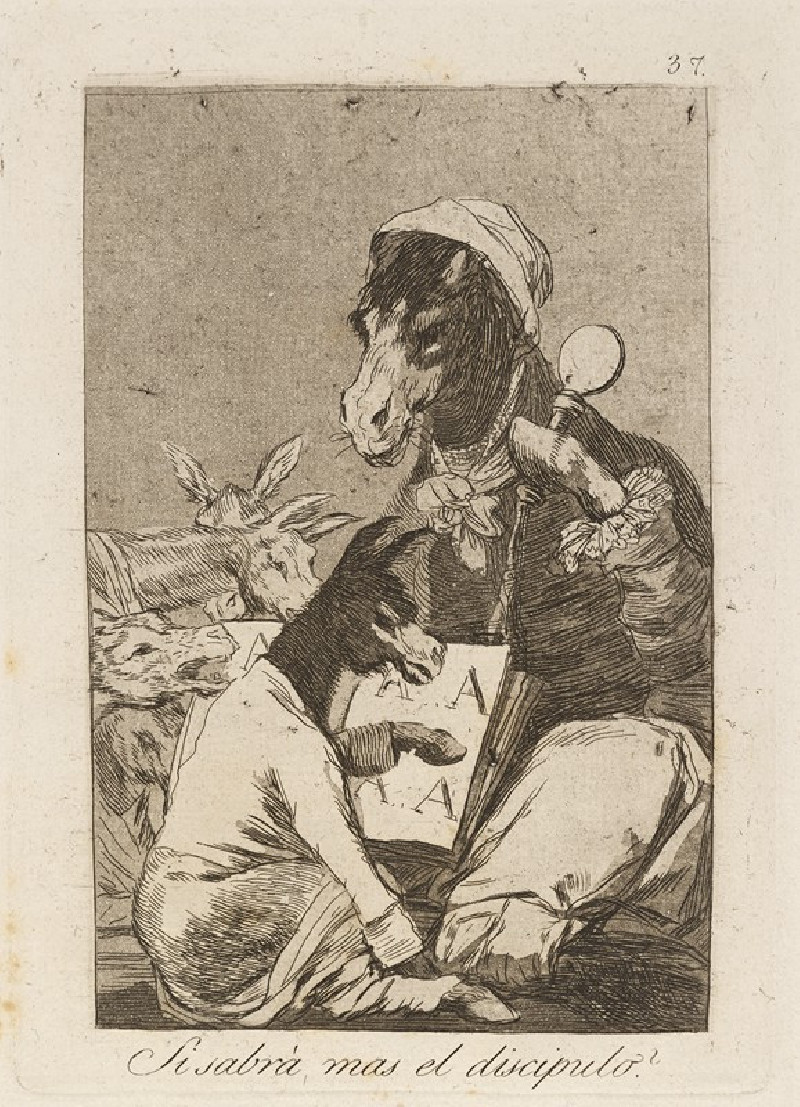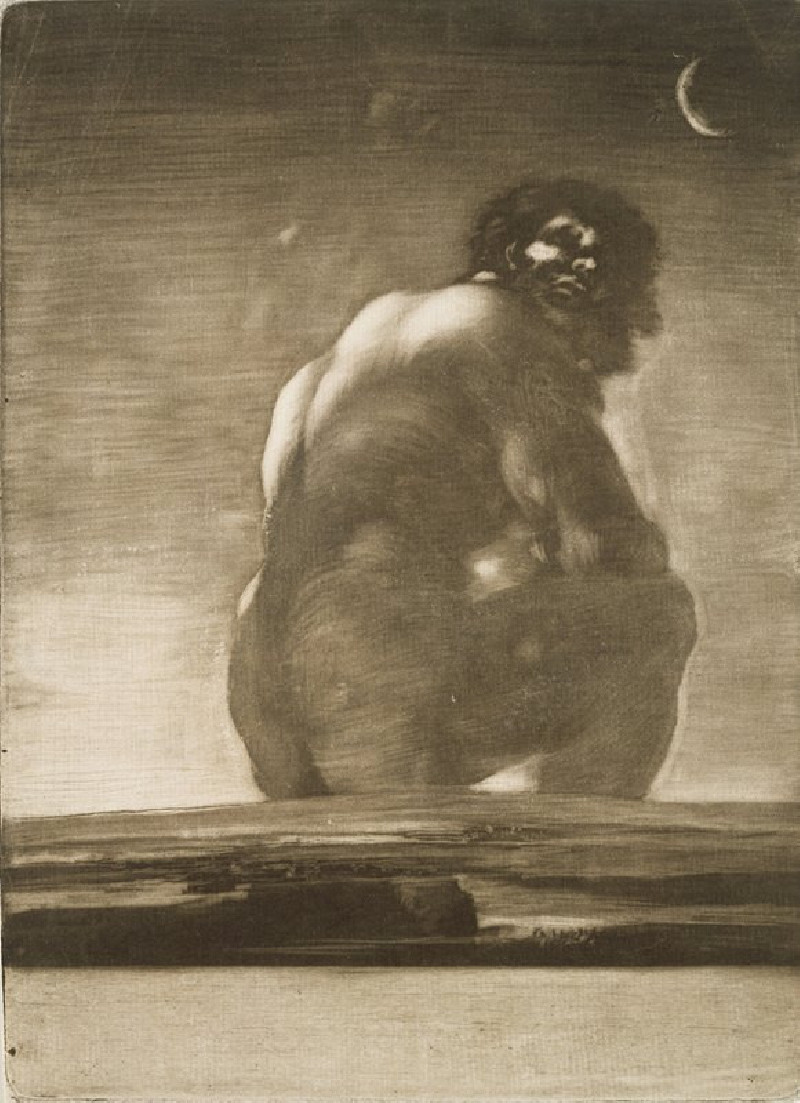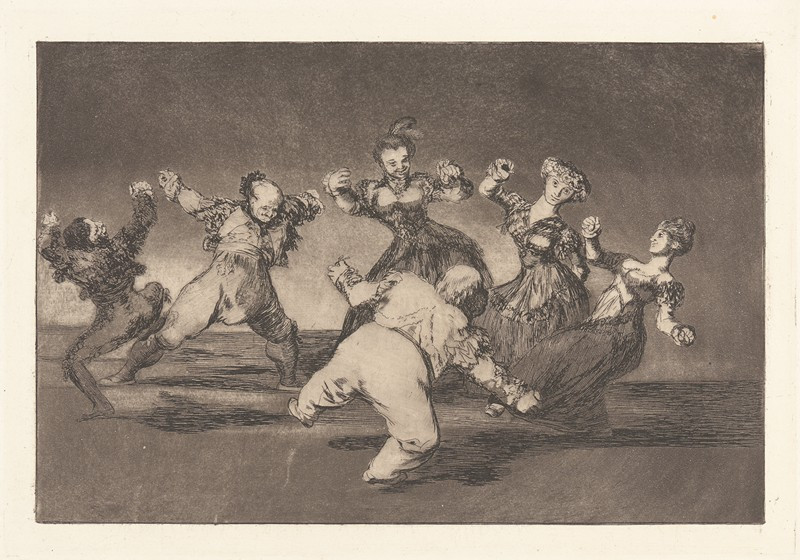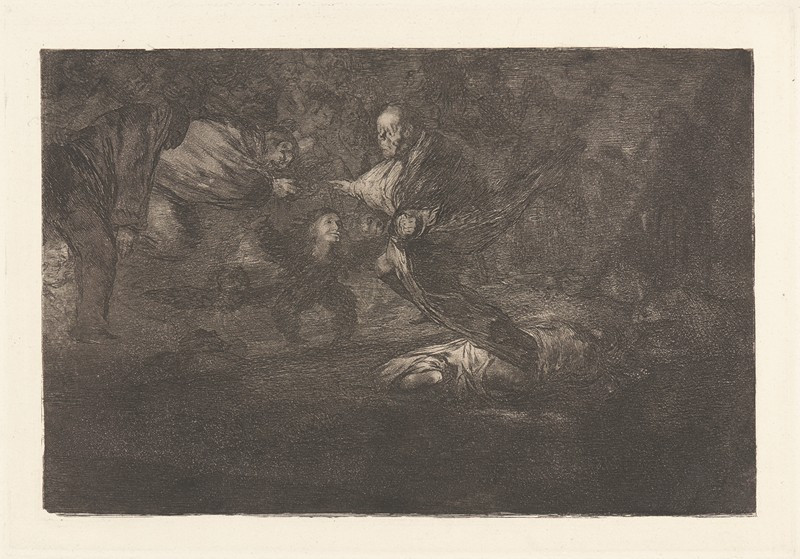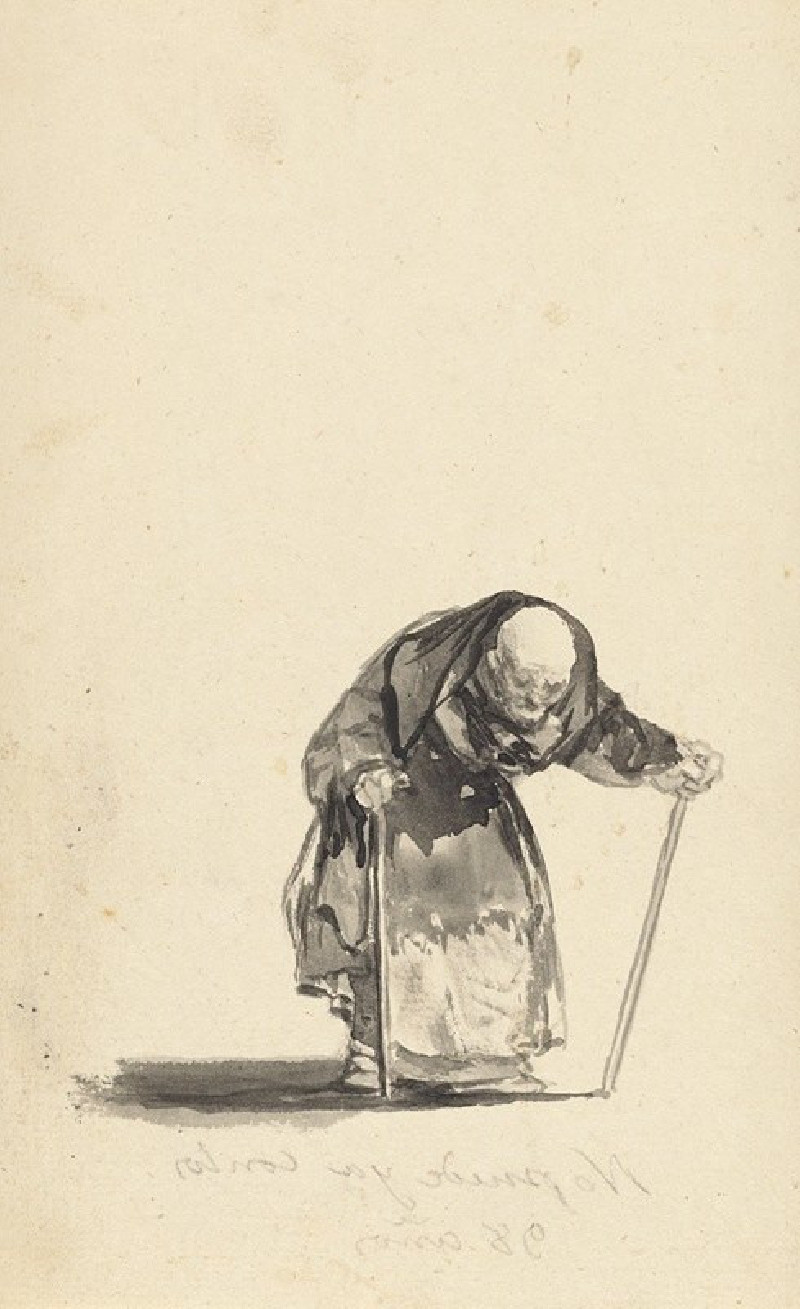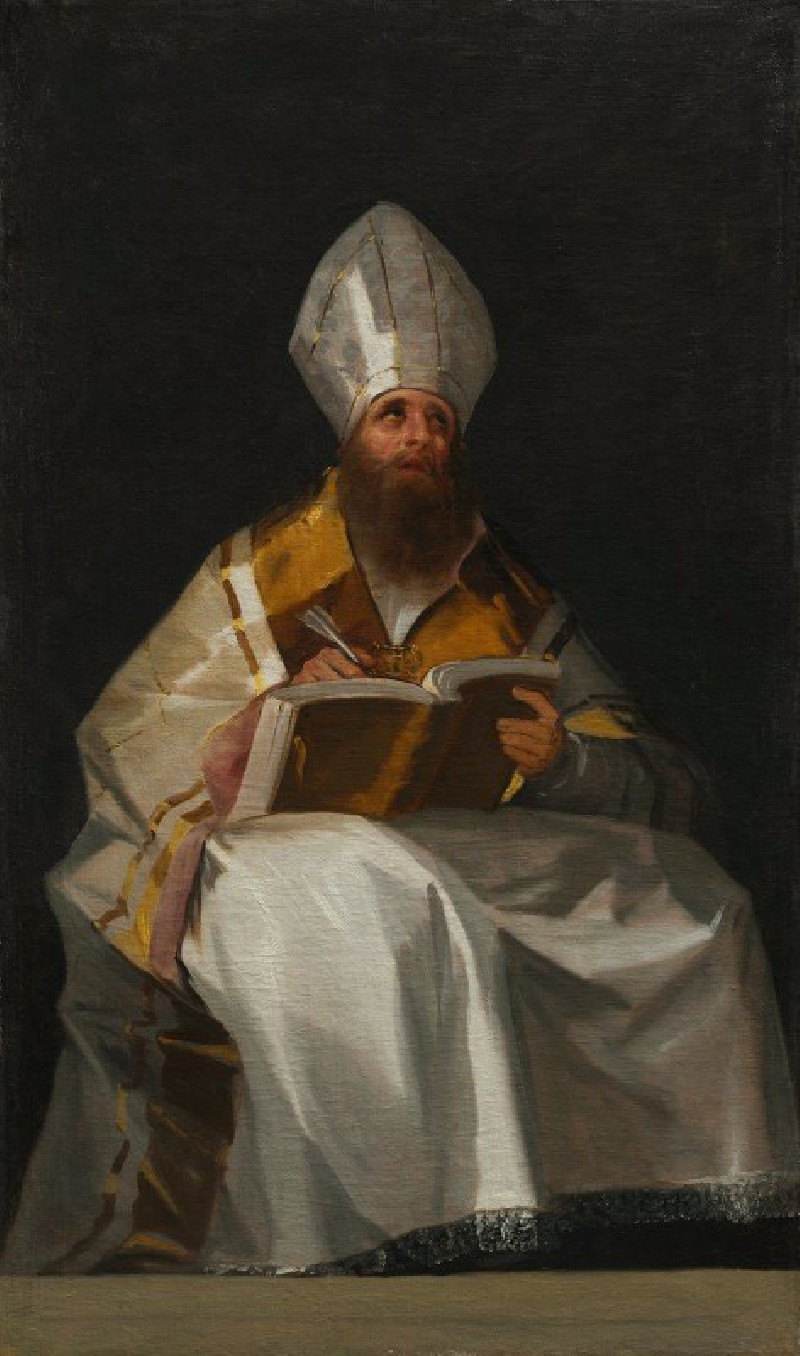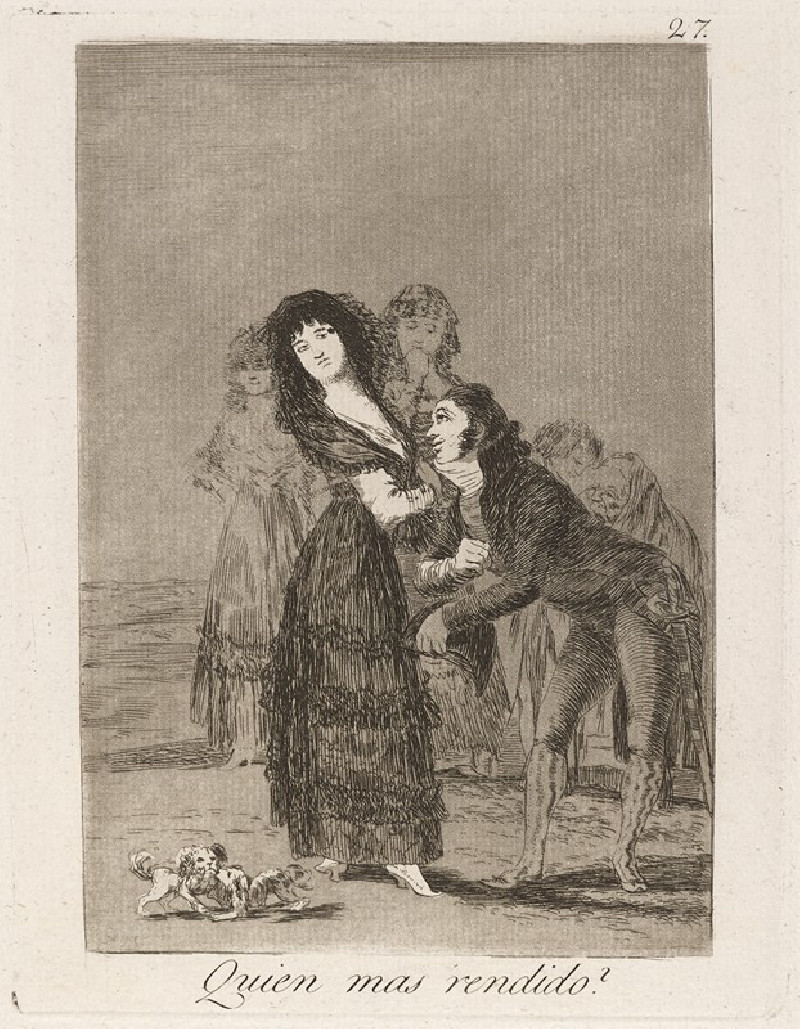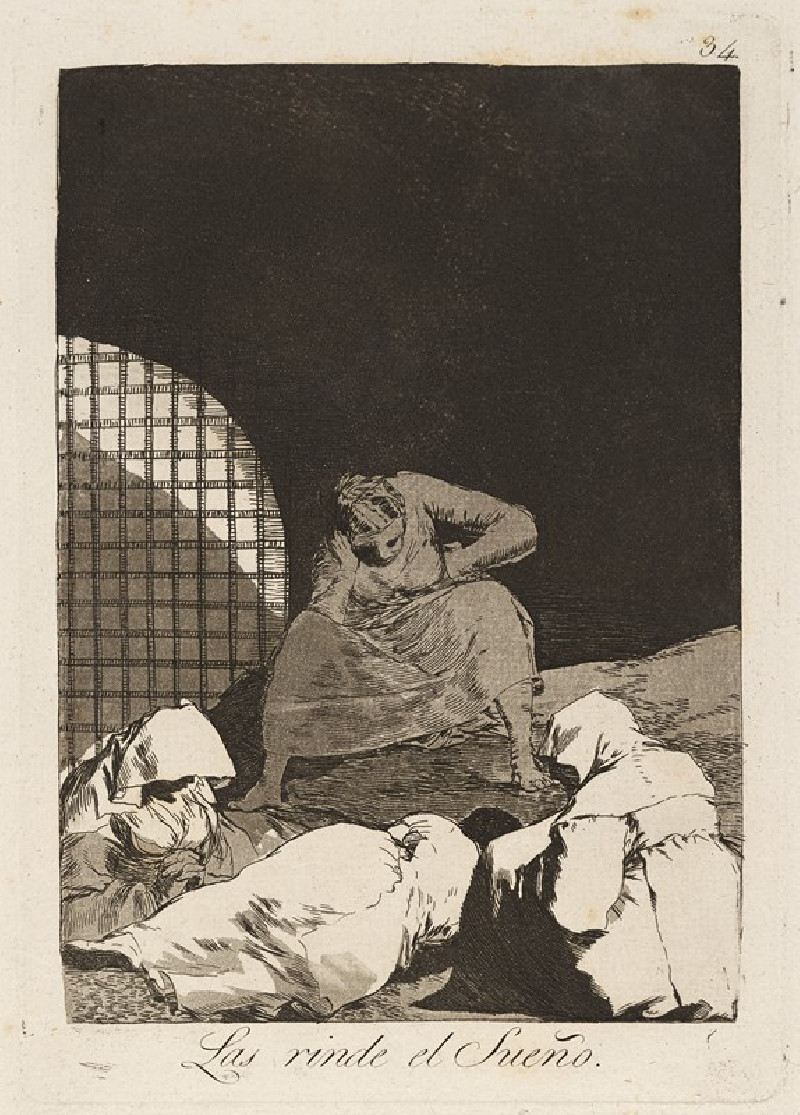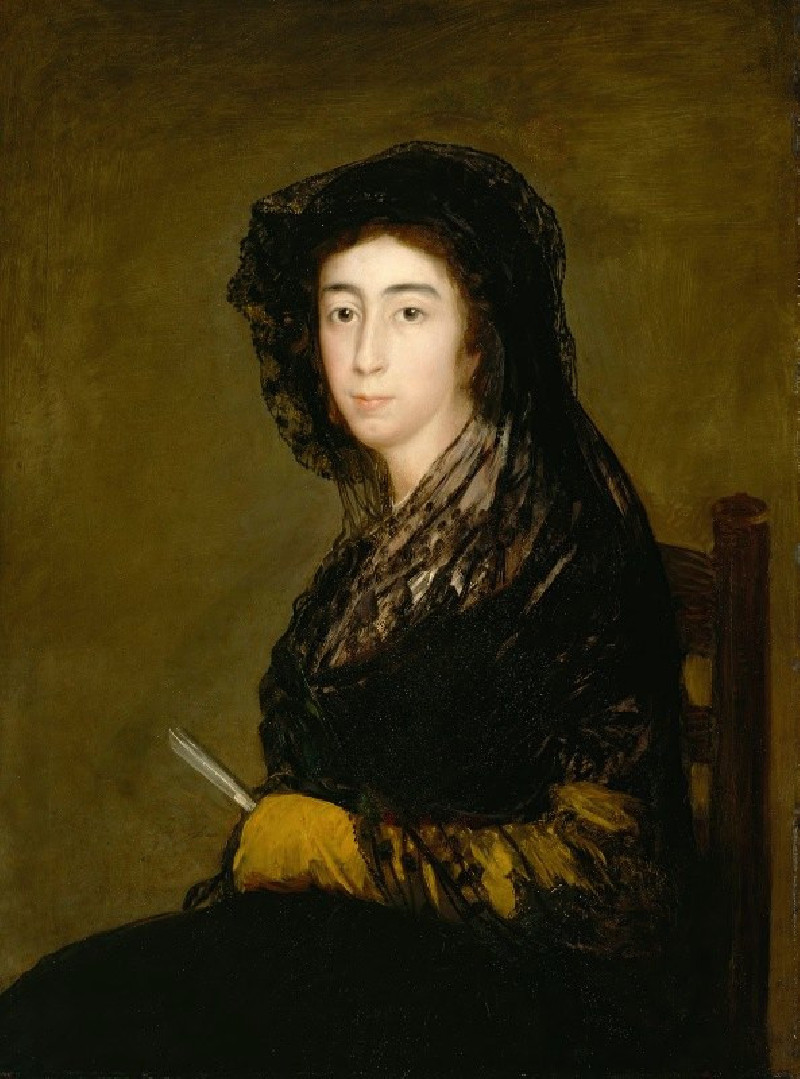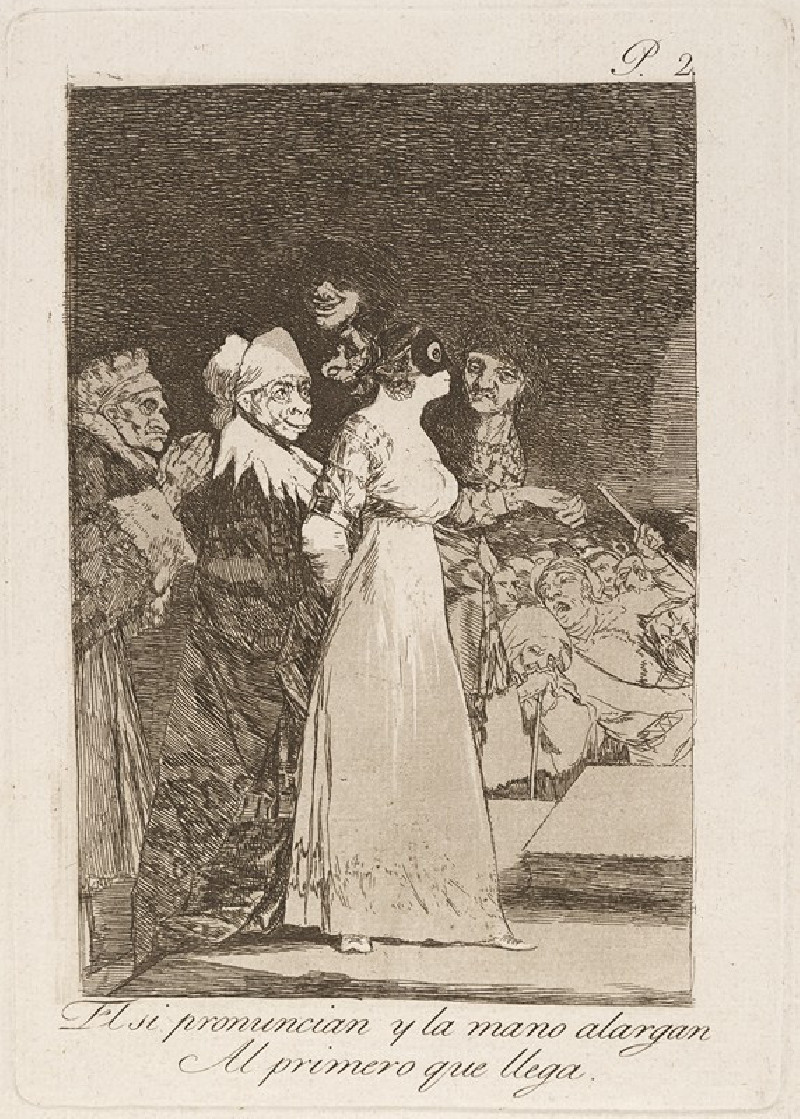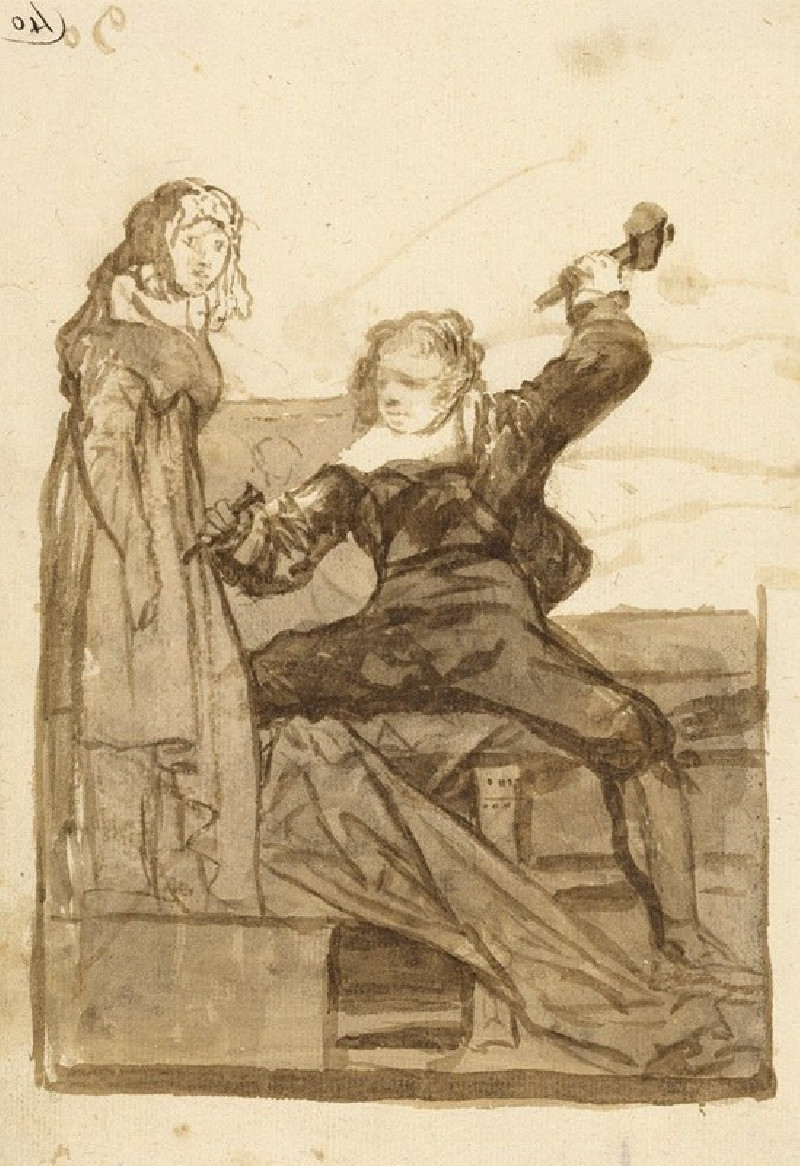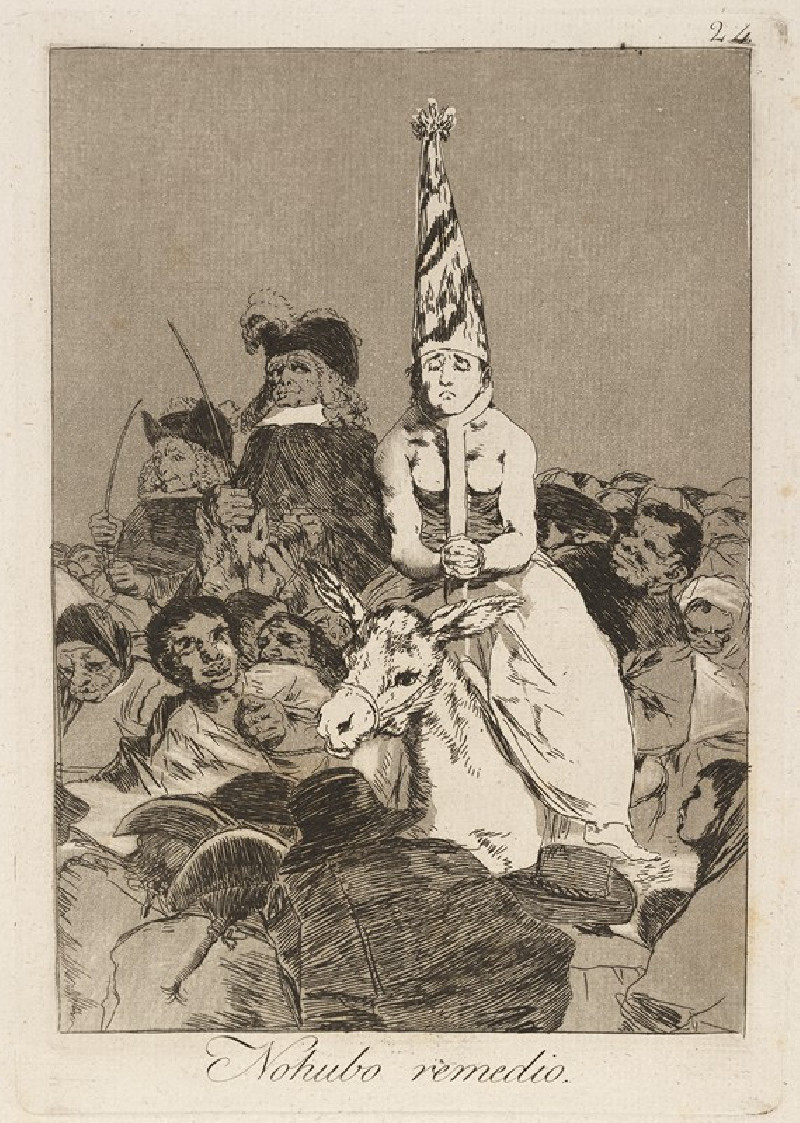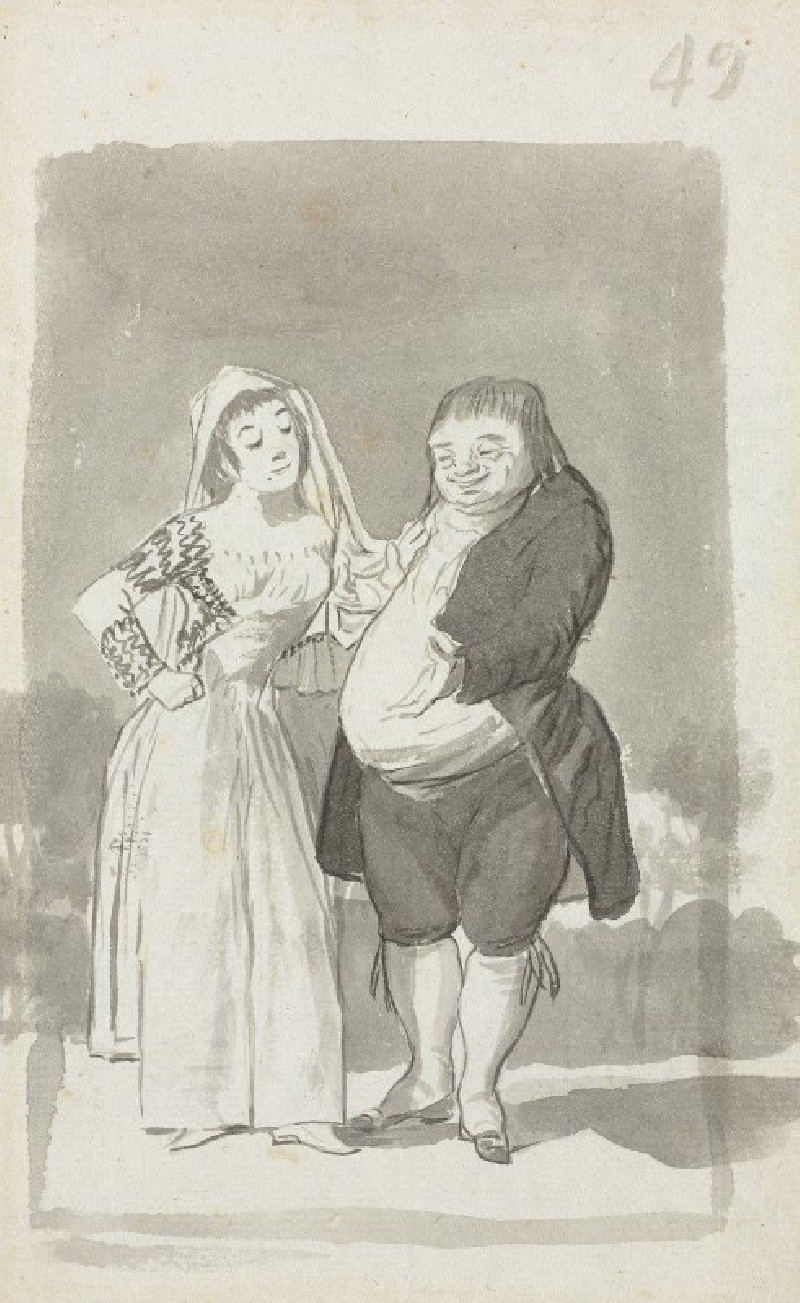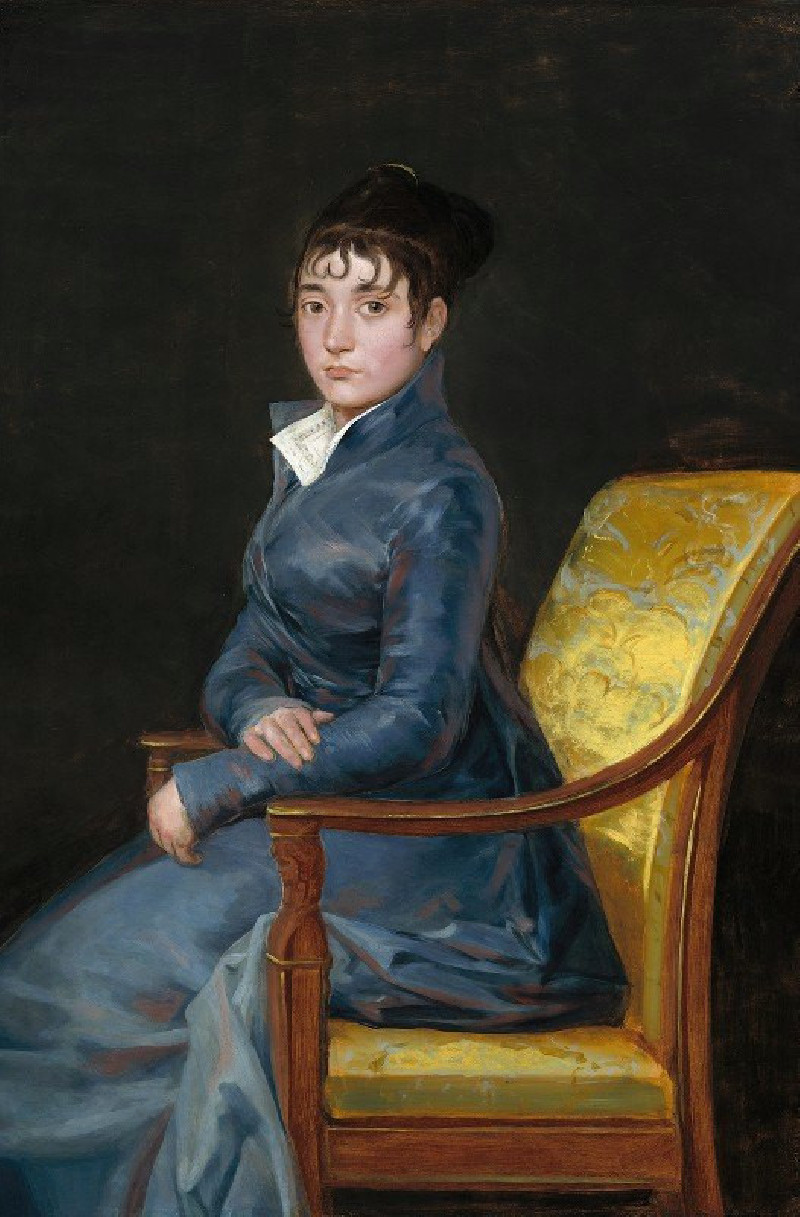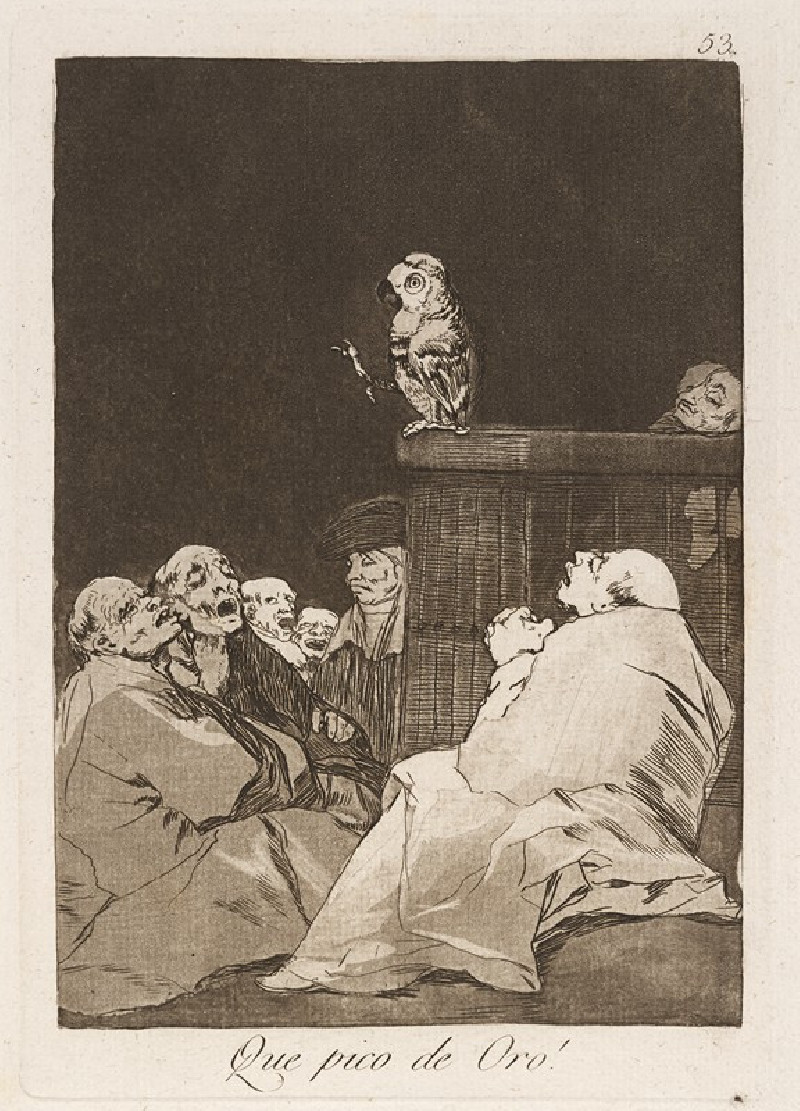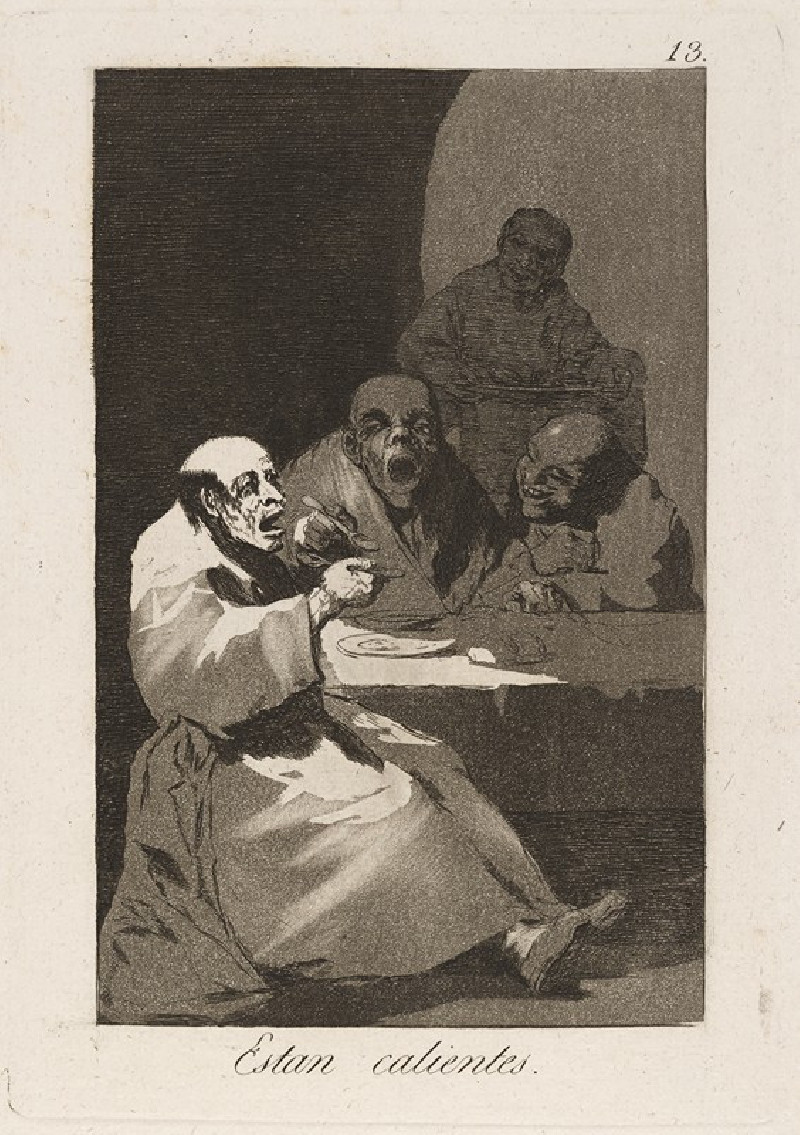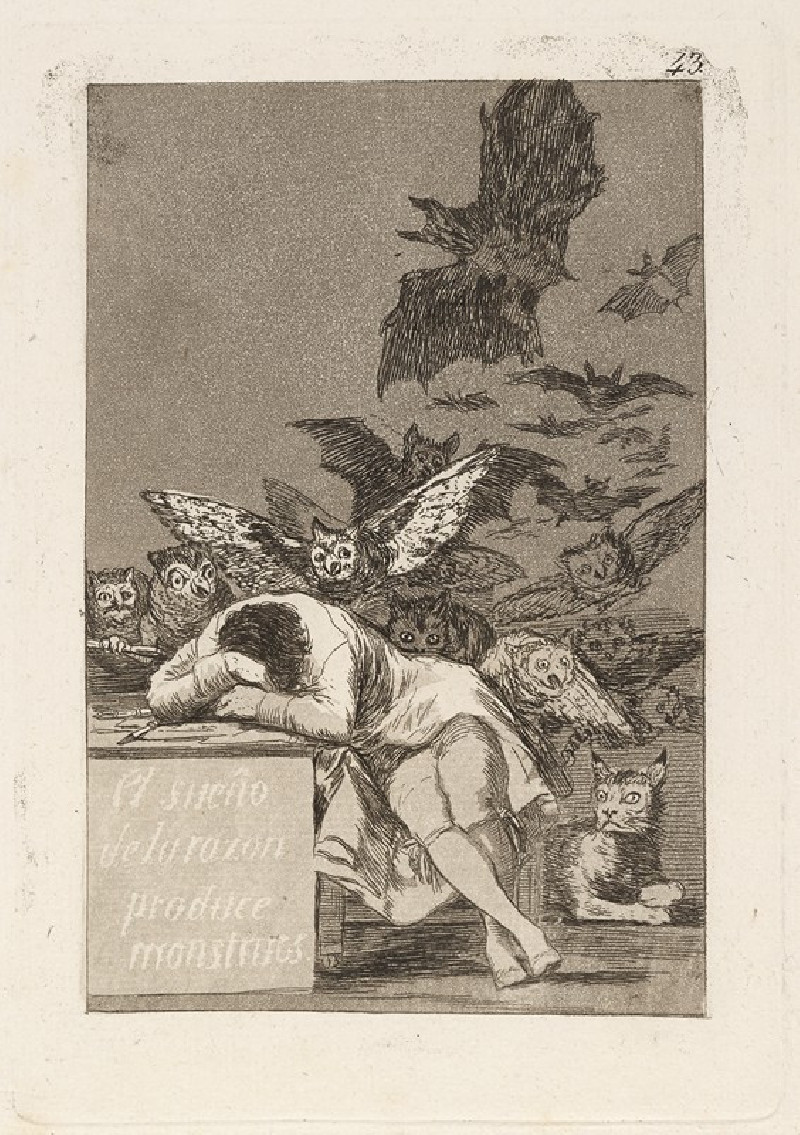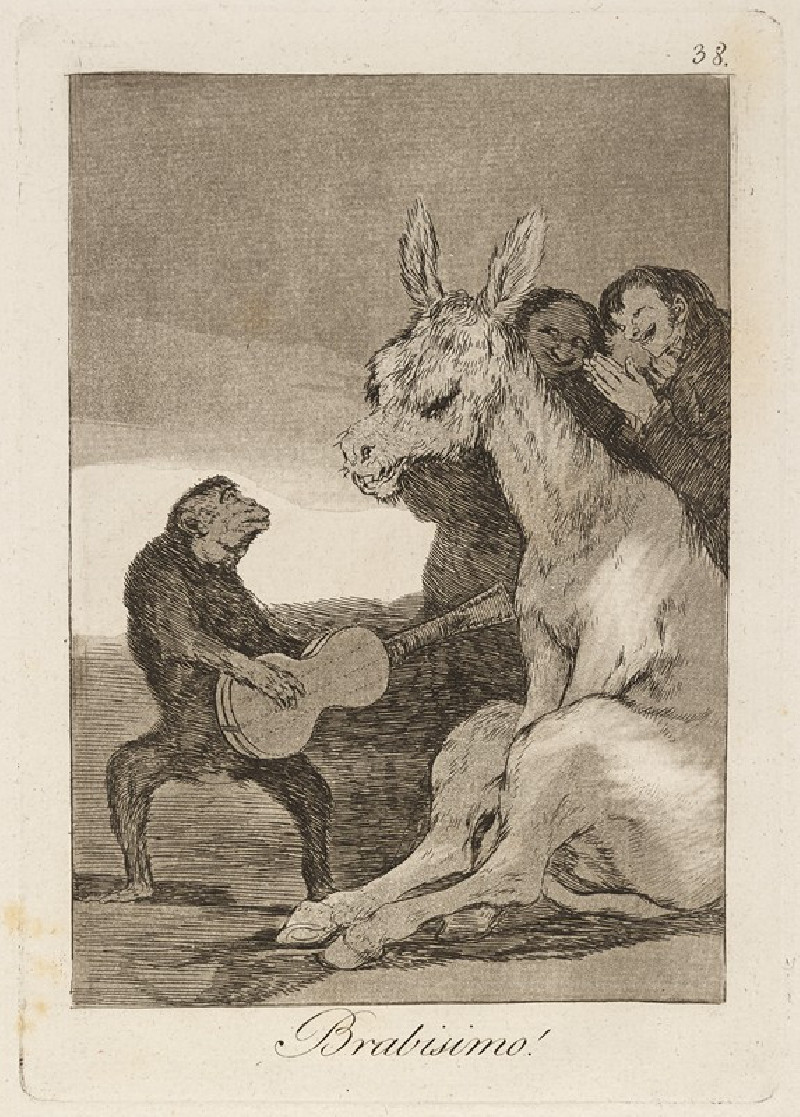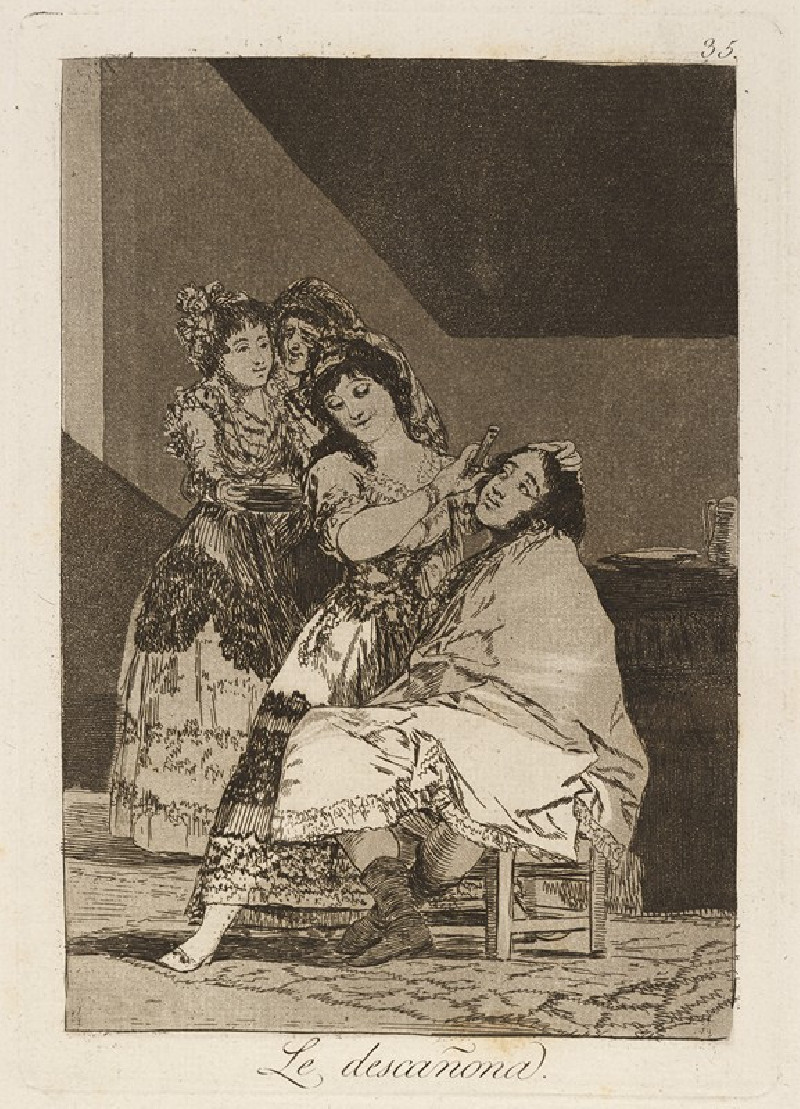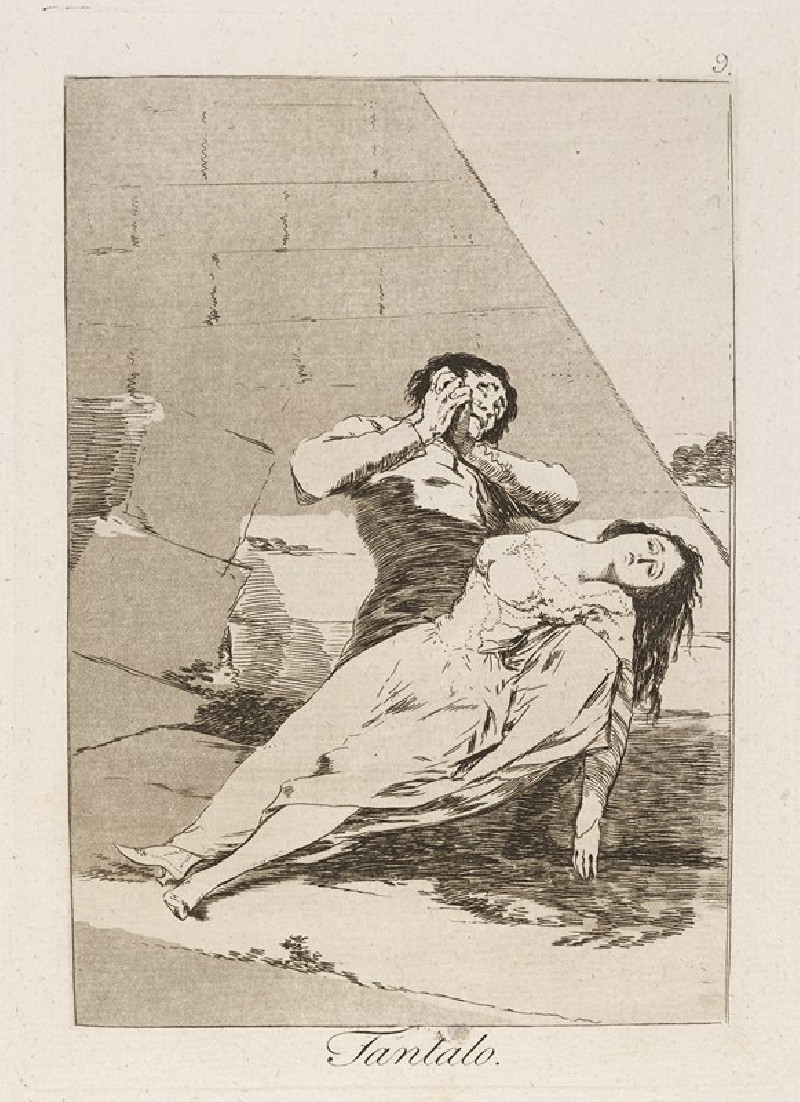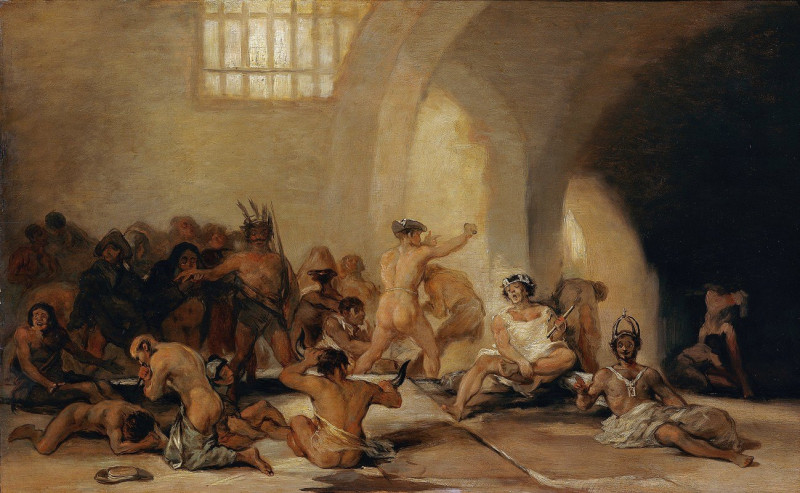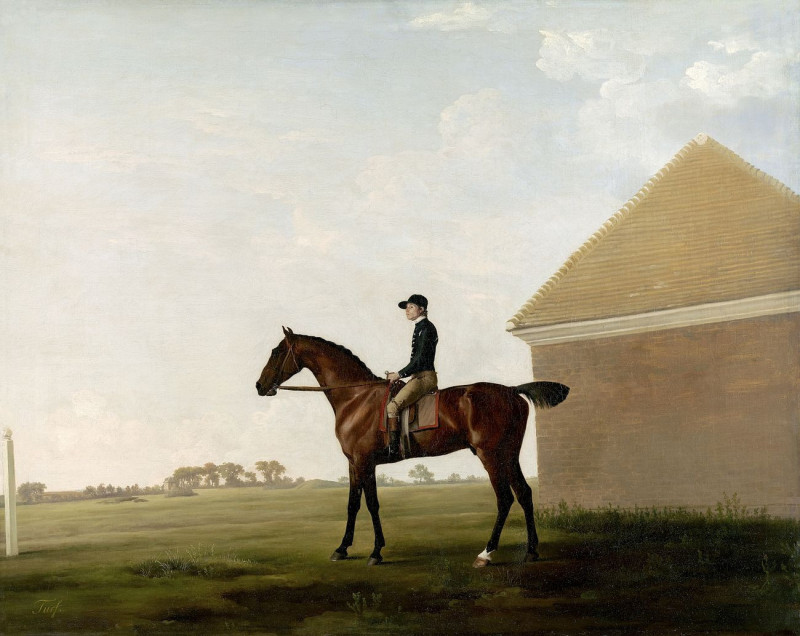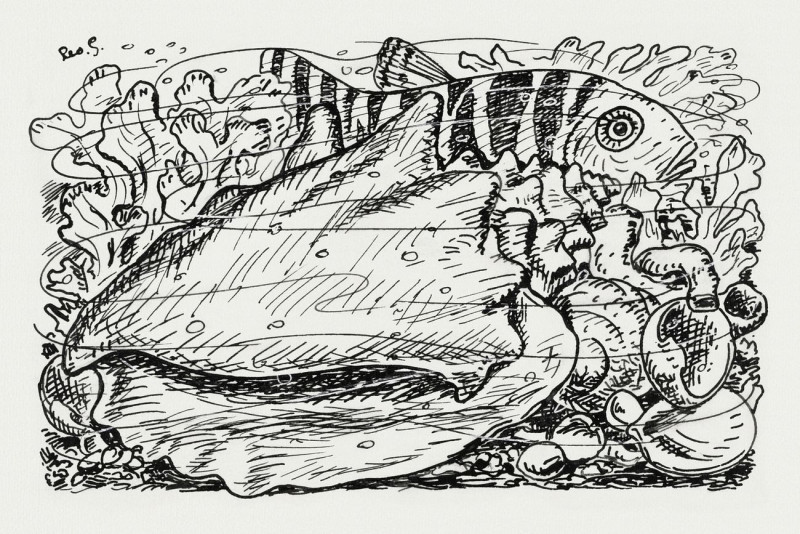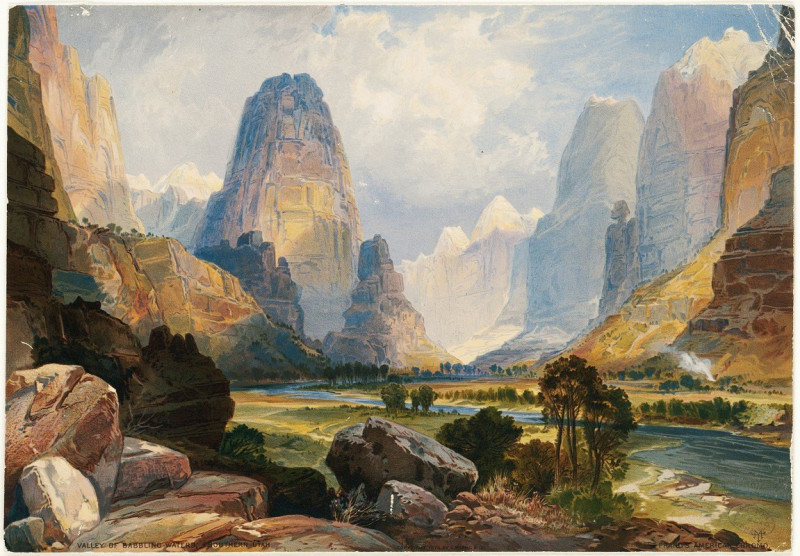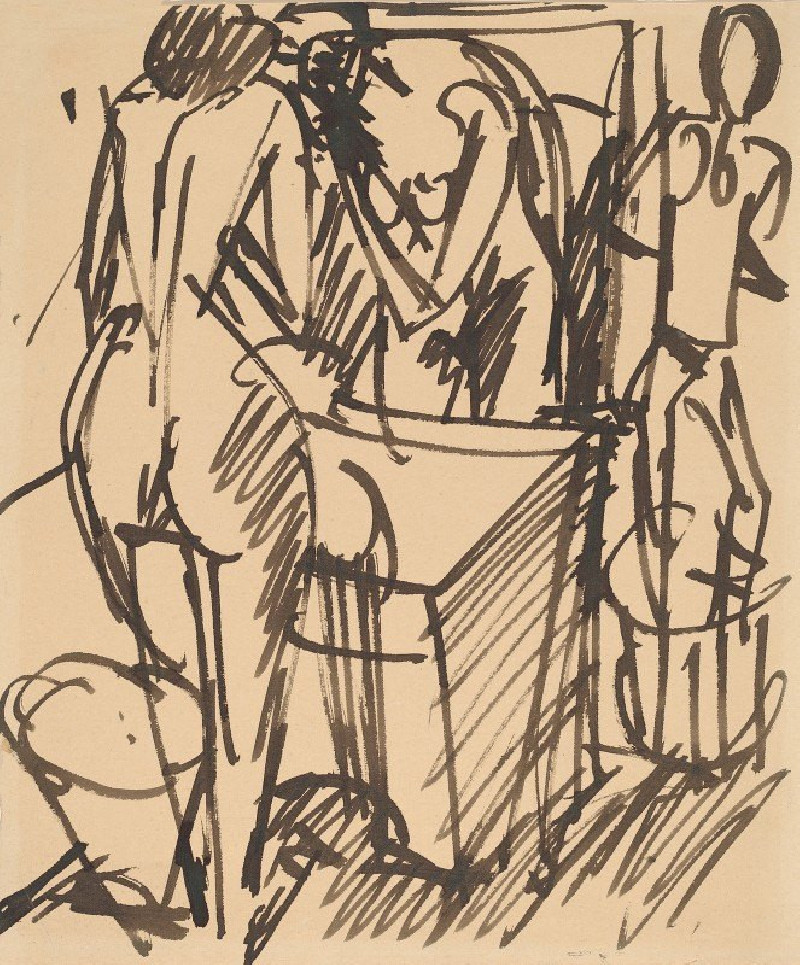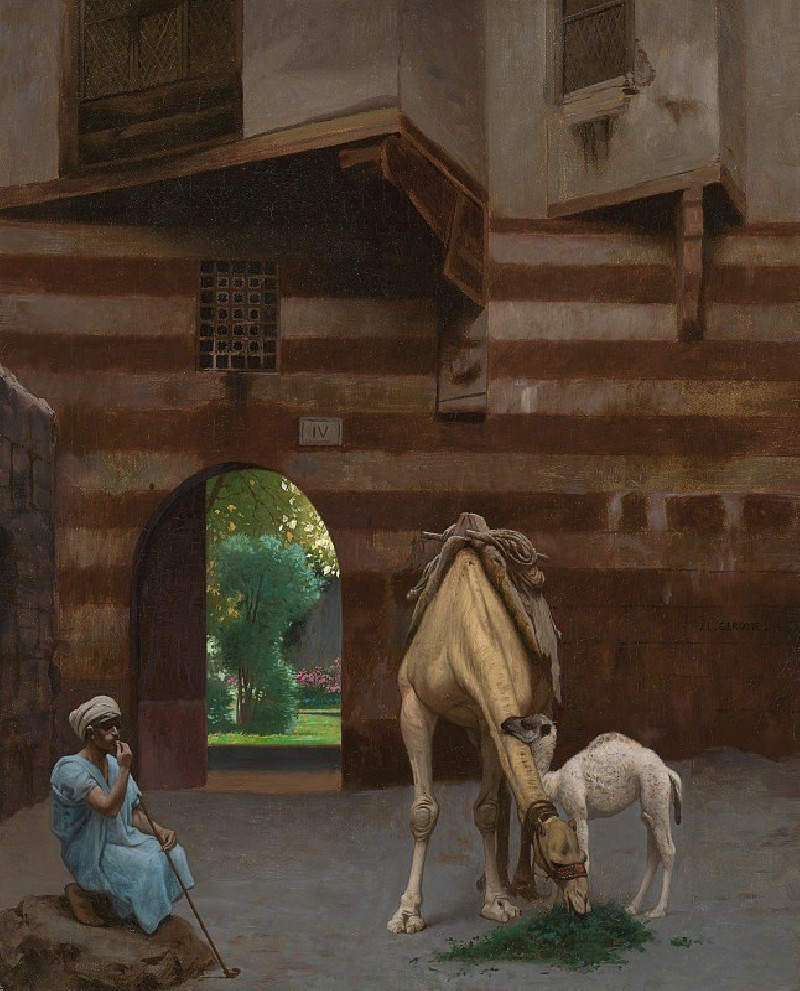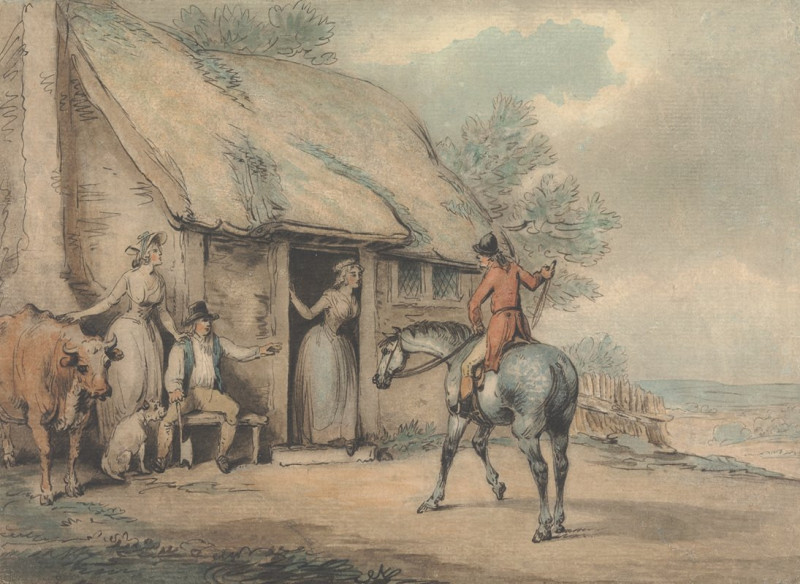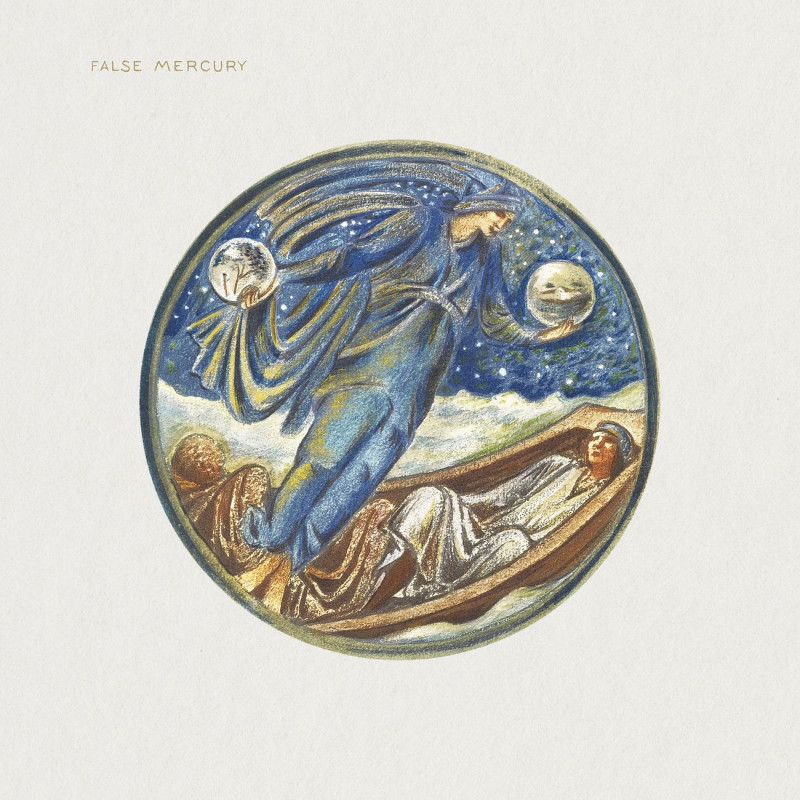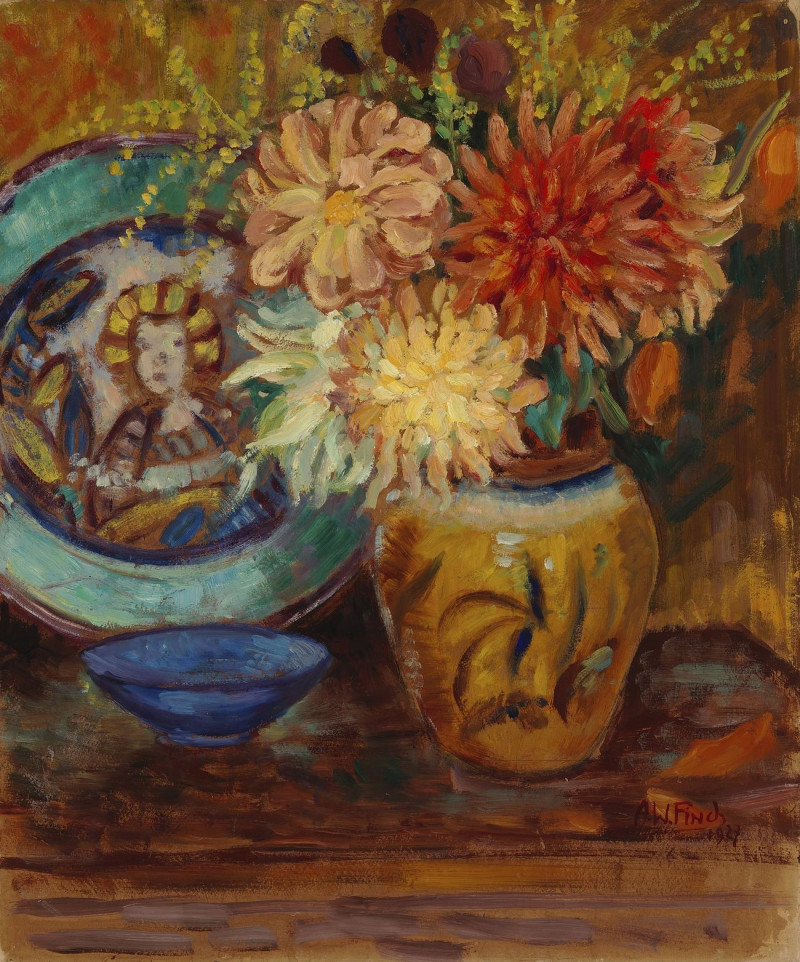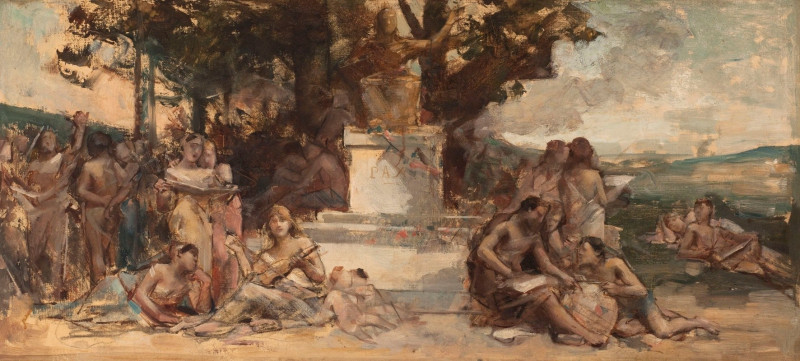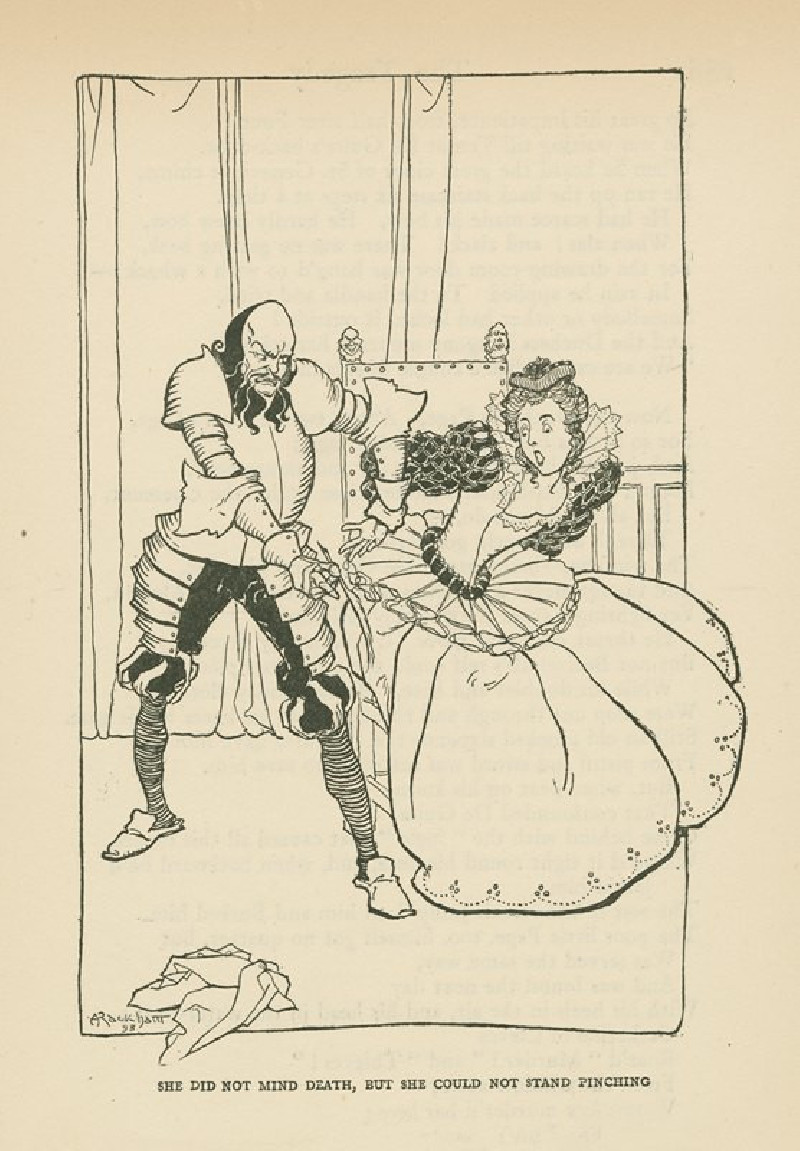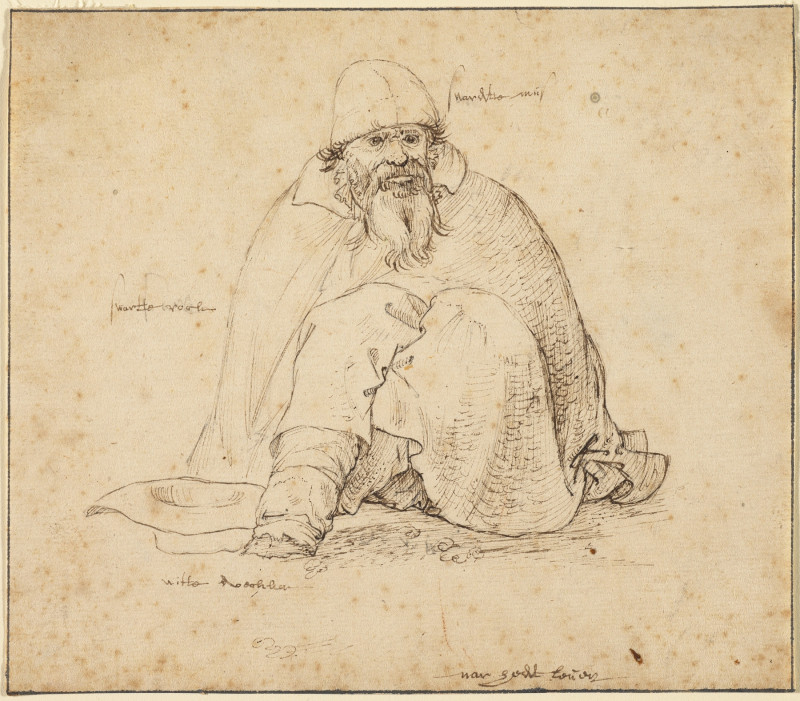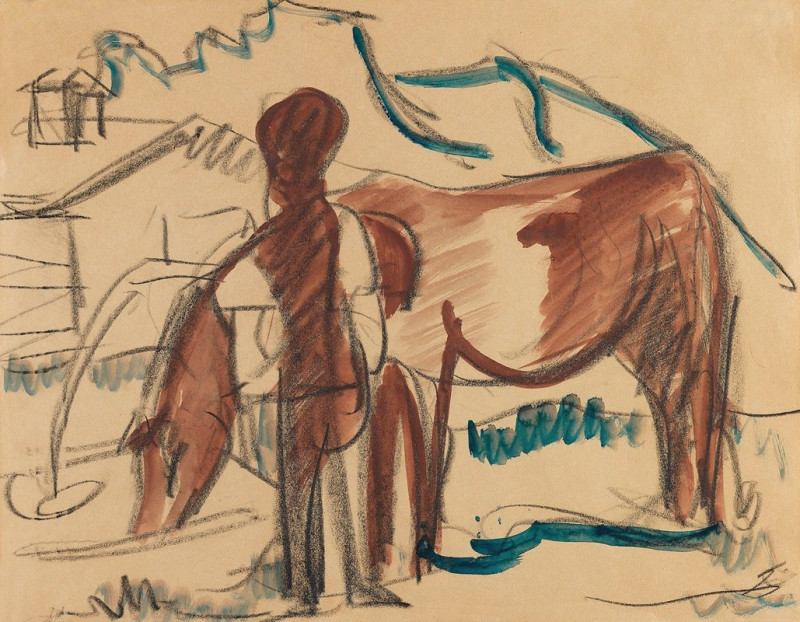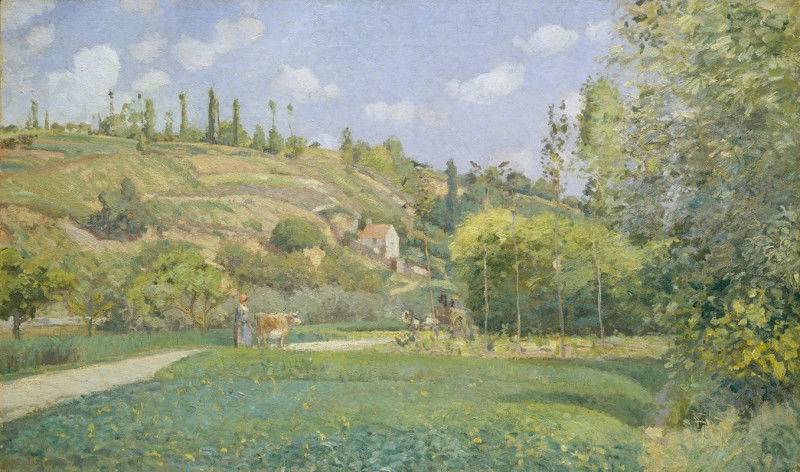No grites, tonta. (Don’t scream, stupid.) (1796-1797)
Technique: Giclée quality print
Recommended by our customers
More about this artwork
Francisco de Goya's "No grites, tonta." (Don't scream, stupid.) from 1796-1797 is a compelling and evocative etching that underscores the artist’s skill in portraying intense human emotions and social interactions. This piece belongs to Goya's celebrated series of etchings that often depicted satirical and critical views of the society he lived in.In this powerful artwork, we see an older man, forcefully carrying a young woman over his shoulder. The woman, whose expression and flailing hands convey shock and distress, seems to be in the middle of an abduction or an unwarranted removal by the man. The title of the piece suggests she is being admonished not to scream. The coarse lines and dynamic shading of the etching effectively capture the sense of movement and urgency, emphasizing the dramatic and possibly contentious nature of the scene.This work is a stark representation of power dynamics and societal attitudes towards women during Goya’s time, showcasing his ability to critique social norms through his art.
Delivery
Returns
Francisco José de Goya y Lucientes (30 March 1746 – 16 April 1828) was a Spanish romantic painter and printmaker. He is considered the most important Spanish artist of the late 18th and early 19th centuries. His paintings, drawings, and engravings reflected contemporary historical upheavals and influenced important 19th- and 20th-century painters. Goya is often referred to as the last of the Old Masters and the first of the moderns.

